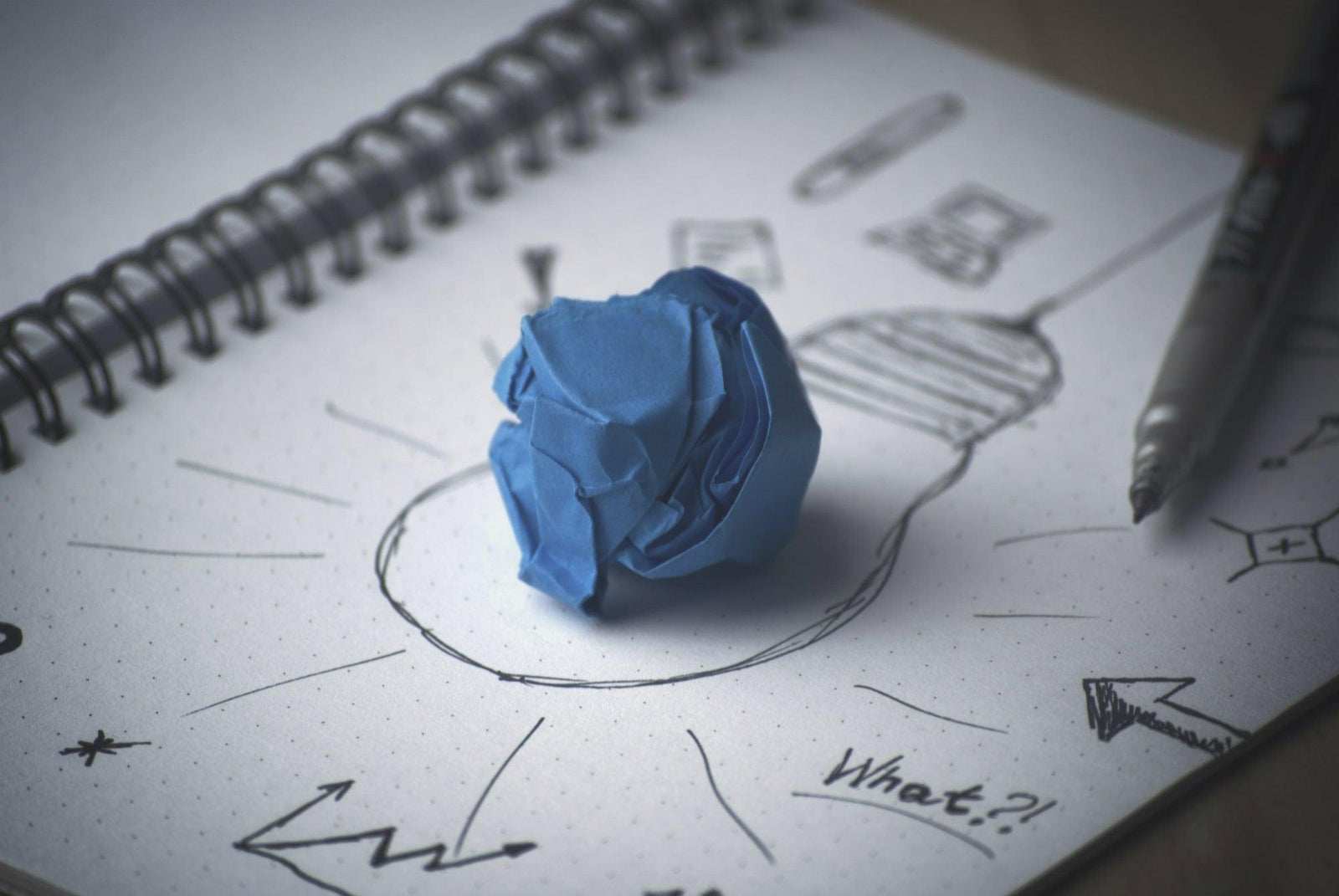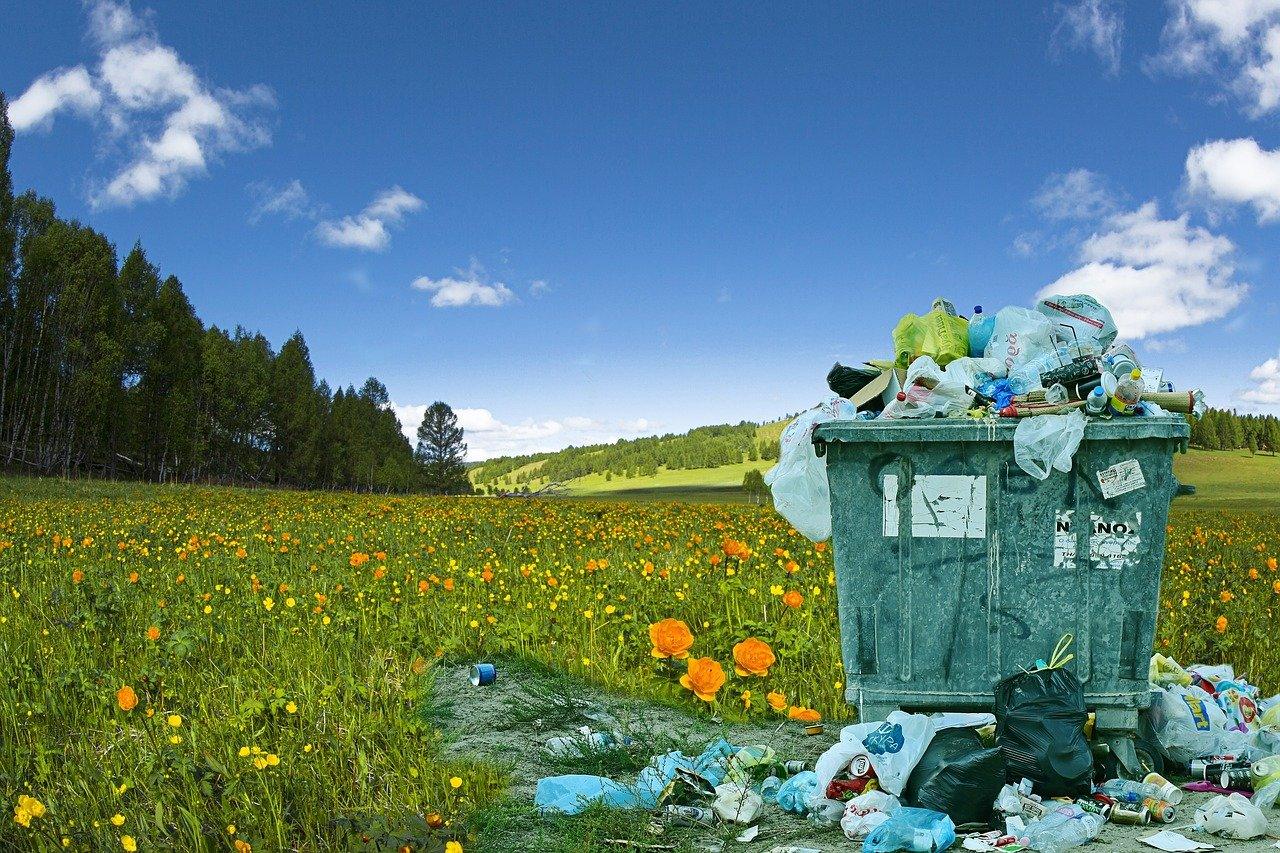40% OFF ALL LEED EXAM PREP PRODUCTS! | PASS YOUR EXAM CONFIDENTLY, ON YOUR FIRST TRY!
40% OFF ALL LEED EXAM PREP PRODUCTS! | PASS YOUR EXAM CONFIDENTLY, ON YOUR FIRST TRY!
Add description, images, menus and links to your mega menu
A column with no settings can be used as a spacer
Link to your collections, sales and even external links
Add up to five columns
Add description, images, menus and links to your mega menu
A column with no settings can be used as a spacer
Link to your collections, sales and even external links
Add up to five columns
Sustainable Thinking
2 min read

The green building process is very different from the conventional building process. While the conventional building process focuses on the snapshots of the project, the green building process looks at the project as a whole. There are three major concepts integral to both green buildings and sustainability that are not a part of the conventional building process: systems thinking, life-cycle thinking, and integrated process.
As all the buildings are composed of different interrelated systems that form a whole, each of them has an impact on the others. Consider a building envelope and an HVAC (heating, ventilating, and air conditioning) system. The insulation level that a building envelope provides will affect the size and operating cost of the HVAC system. The better the insulation, the smaller the HVAC system will be, which will also mean lower operating costs. Meanwhile, a proper waterproofing membrane on the building foundation will protect the foundation and affect the durability of the whole building. This will also result in less humidity inside the building, which will affect both the HVAC system and the health of the building occupants.
The systems of a building include resources, materials, energy, building occupants, and information. The term systems thinking refers to the understanding of each and every system of a building while also understanding their relationships and looking at the project as a whole.
The second major concept of sustainable thinking concerns the life-cycle approach, which evaluates the entire life of a project, product, or service. For example, when selecting a building product, the project teams need to ask the following questions: What is the raw material of the product? Was it extracted in a responsible manner? How long can the product be used? How much maintenance does it require? What will happen to the product once its useful life ends? Can it be recycled? Does the manufacturing of this product harm the environment?
Integrated process, which is the third major concept of sustainable thinking, emphasizes the importance of connection and communication among all the professionals and stakeholders in the project. To be able to see the big picture, all the different people in the project should act as a single team. The stakeholders, architects, structural engineers, electrical engineers, mechanical engineers, facility managers, etc.—should work collaboratively, starting from the predesign phase of the project. That way, each team member can understand the perspectives and strategies of the rest of the team. And the collaboration will enable better decisions to be made to create a high-performance building.
Also in Projectific Blog

What Changes In LEED v5 & When Will The LEED Exams Will Be Based On LEED v5?
2 min read
As building professionals prepare for this significant update, two critical questions arise: what are the major changes in LEED v5, and when will the LEED credential exams transition to the new version?

How LEED Handles Recyclables With The Storage And Collection Of Recyclables Prerequisite
2 min read

LEED Heat Island Reduction Credit Explained
2 min read

